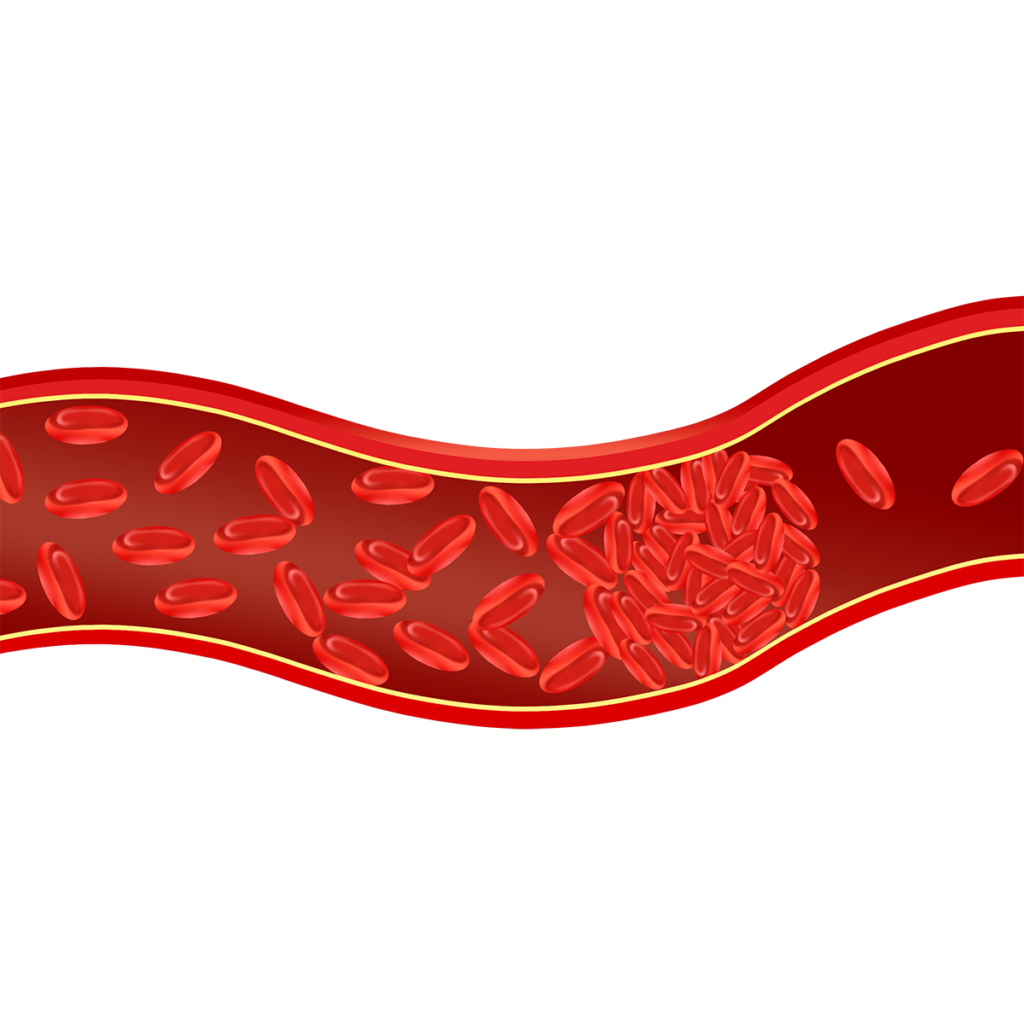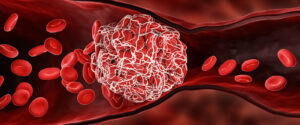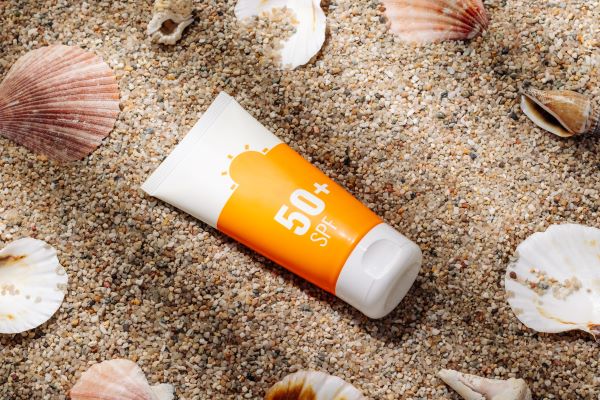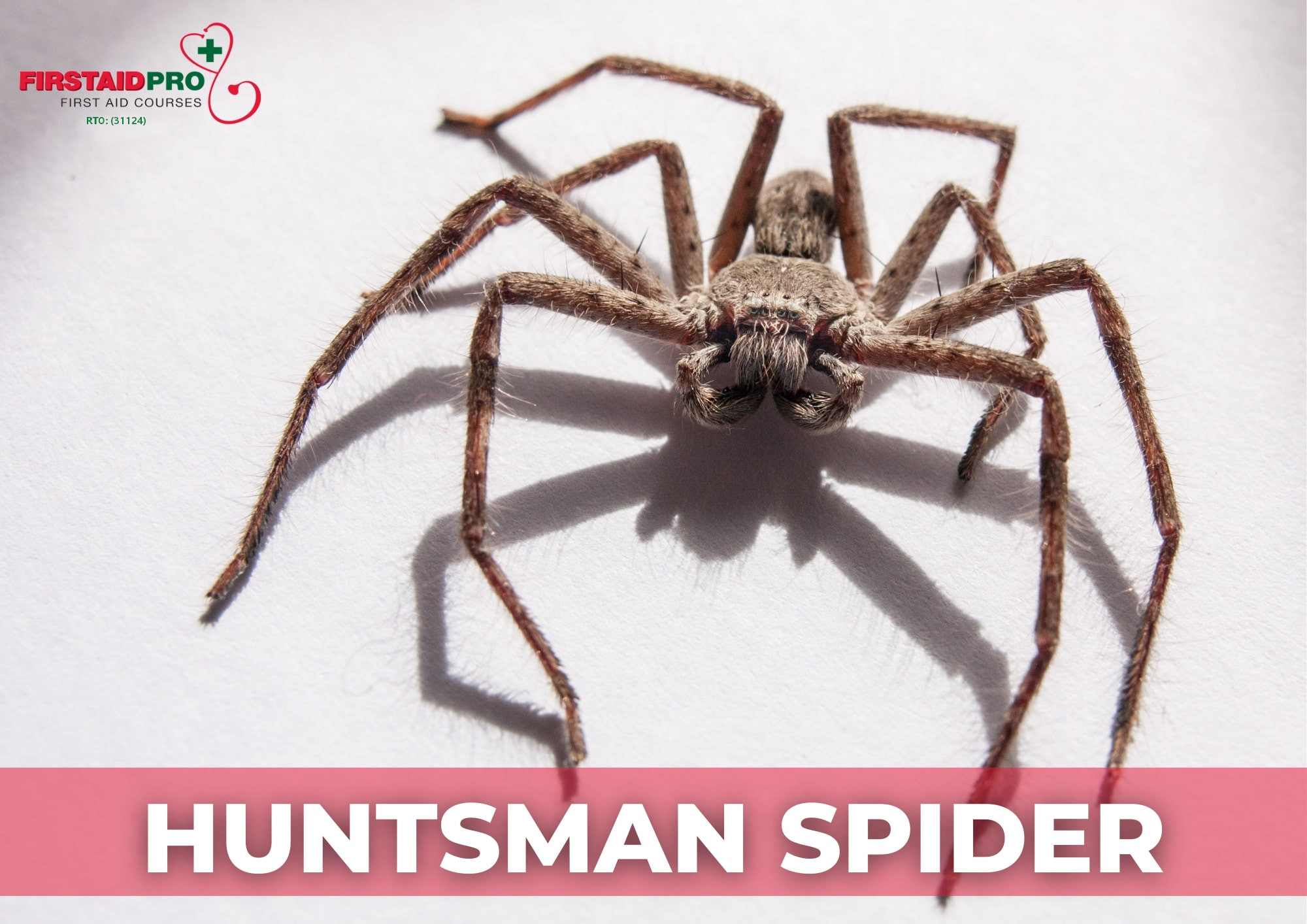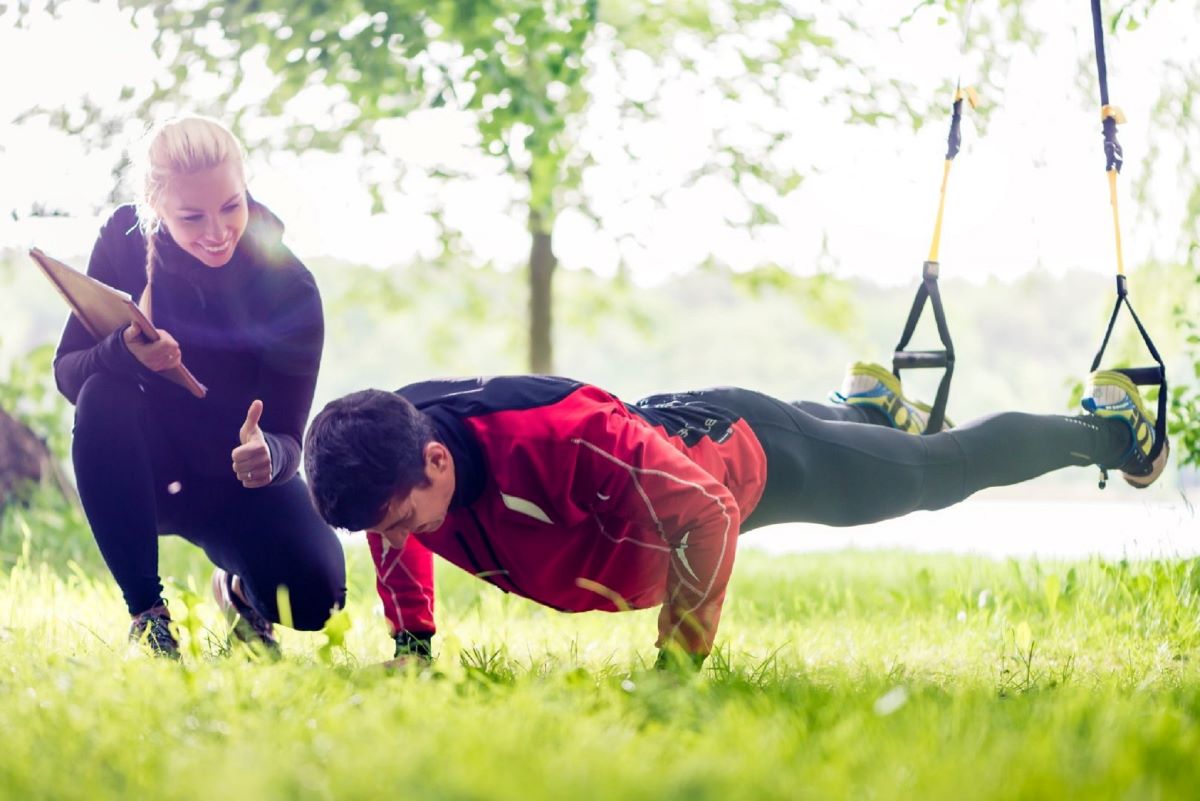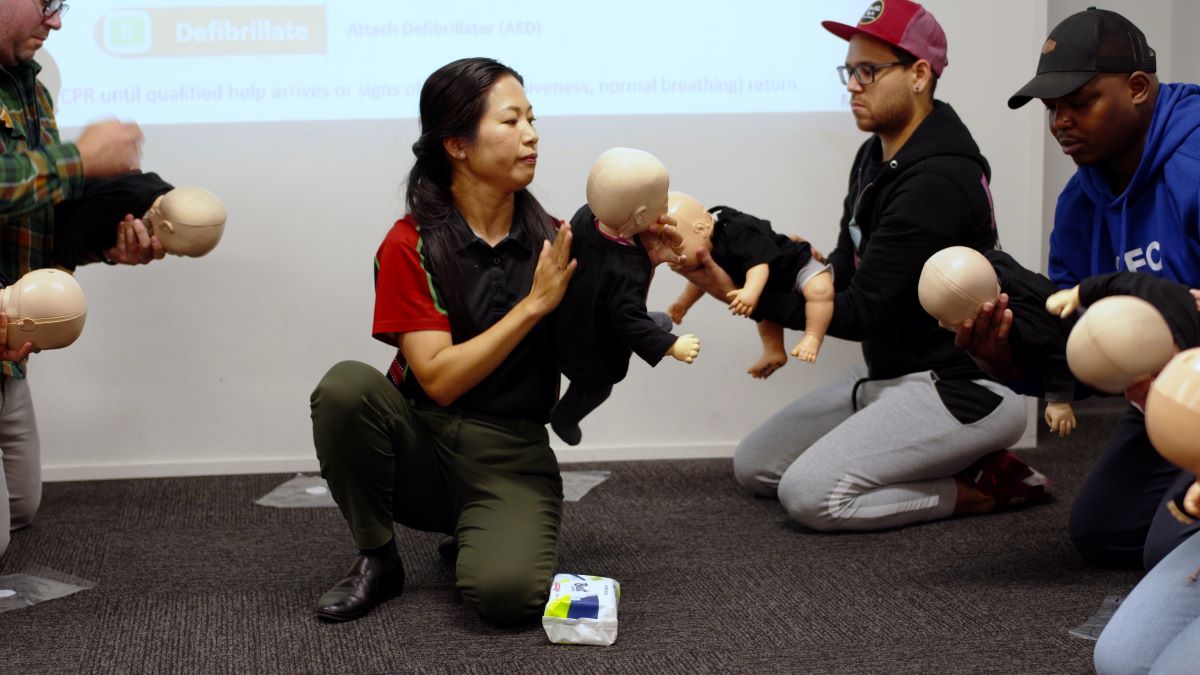Blood clots are severe medical conditions that require immediate care. This article serves as a guide on preventing blood clots, their symptoms, and how to provide essential treatment.
What are Blood Clots
Blood clots are gel-like clumps of blood that form inside the body, particularly in the veins or arteries. Clotting is a necessary process to prevent excessive bleeding from a cut or serious injury. However, when blood clots block blood flow to specific body areas, it can cause severe damage or death. Blood clots usually occur in the arms and legs, abdomen, heart, lungs, kidneys, and brain.
There are two types of blood clots.
Thrombosis – Clots that stay in one place and do not move.
Embolism – Clots that break away from their origin and move to the different areas inside the body.
Depending on which type or where it moves, a blood clot can be deadly.
Signs and Symptoms
Symptoms may differ depending on the location of the blood clot. The most common symptoms are:
- Swelling in the arm or leg area
- Skin redness or discolouration
- Soreness or muscle pain in the arm or leg
- Warm sensation
A blood clot can pose a severe risk once it breaks loose and moves to other body parts, including the lungs. Once it reaches the lungs, it can bring pain or a heavy feeling in the chest, shortness of breath, sweating, nausea, and fever. The person may also cough up blood.
Severe symptoms should be evaluated by a doctor immediately. If left untreated, a clot can break loose and cause a pulmonary embolism. At this point, the blood clot will get stuck in a blood vessel in the lungs that can cause sudden death.
Management and Treatment of Blood Clots
The goal of treatment is to prevent a blood clot from getting larger or breaking loose. The following remedy can reduce your chances of developing more deadly clots in the future.
The treatment will depend on the location of the blood and how likely it is to harm you.
- Medication
Anticoagulants or anti-thinners are known to help prevent blood clots from forming. For severe clotting, thrombolytics can dissolve clots that are already present.
- Compression stockings
The use of tight-fitting stockings helps provide pressure to reduce swelling in the arms or legs. It also prevents blood clots from forming.
- Surgery
The doctor may recommend surgical thrombectomy for large clots or clots that causes severe tissue injury. You may also opt for catheter-directed thrombolysis (CDT) procedure, where the specialist will direct a catheter medication to the blood clot to help it dissolve. In both methods, doctors will use a particular instrument to remove a blood clot safely.
- Vena cava filters
There are cases in where a person is unable to take blood thinners. In such conditions, a filter is put in the inferior vena cava or the body’s largest vein. The use of this filter will help catch blood clots before they can move to the lungs.
Preventing Blood Clots
According to the National Institute of Clinical Studies (NICS), blood clots are easily one of the most preventable types of blood condition.
Wearing compression stockings and gentle exercises for feet and legs are proven to help with the risk of blood clots. Other lifestyle changes also help control the risks, such as drinking plenty of fluids, eating less salt, and maintaining a healthy weight. Quit smoking if possible and avoid staying in one position for no longer than one hour. If you are getting ready for a long trip on the road, do not forget to change positions every 15 minutes.
Conclusion
Blood clots are potentially life-threatening if left without treatment. The good news is that there are different treatments for blood clots available, depending on the location and severity.
If the person is experiencing stroke symptoms, pulmonary embolism, or other heart-related conditions, get medical help immediately. Call triple zero (000) or local emergency services for further assistance.
Early diagnosis and first-aid treatment for blood clots help prevent complications and improve a person’s health.

